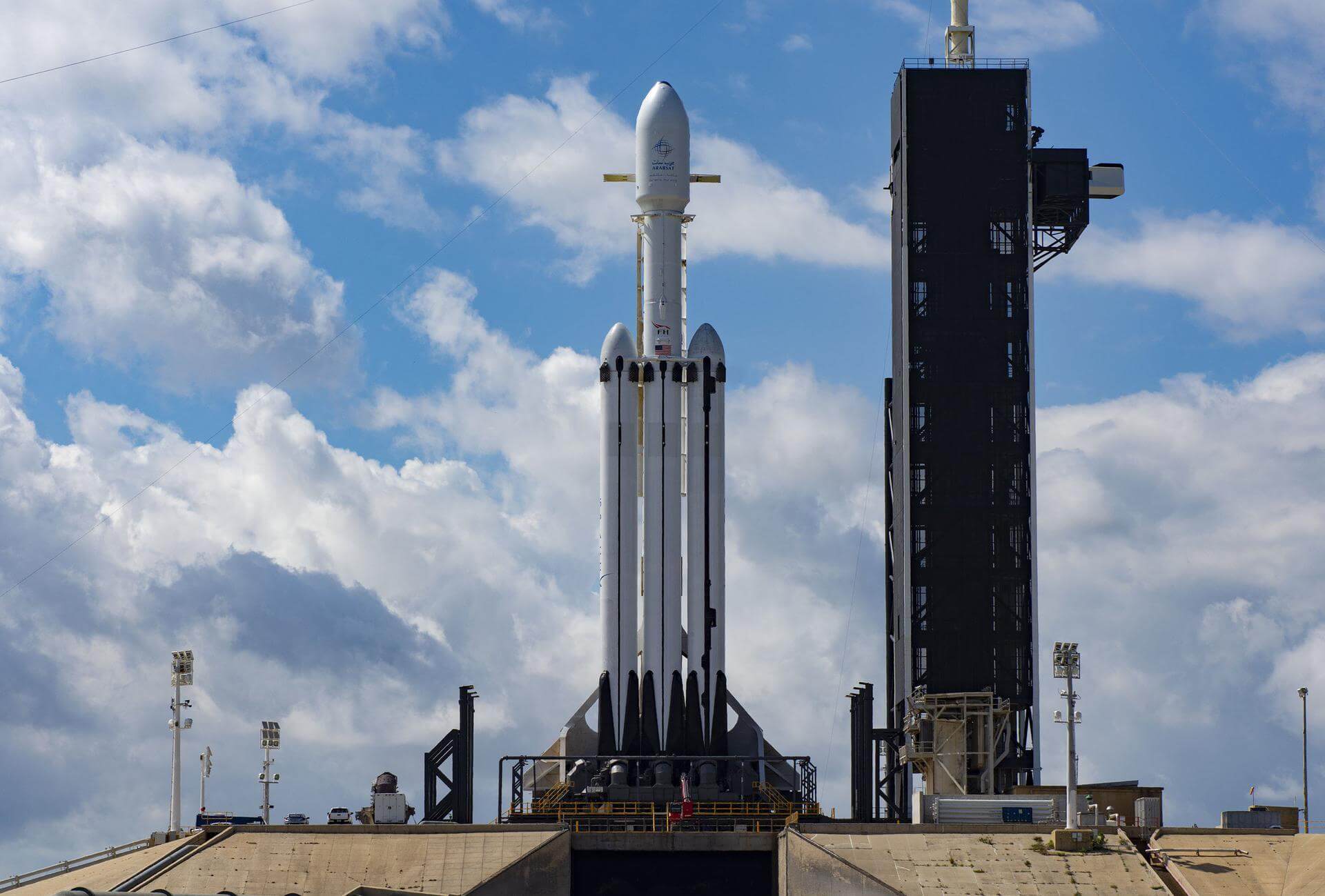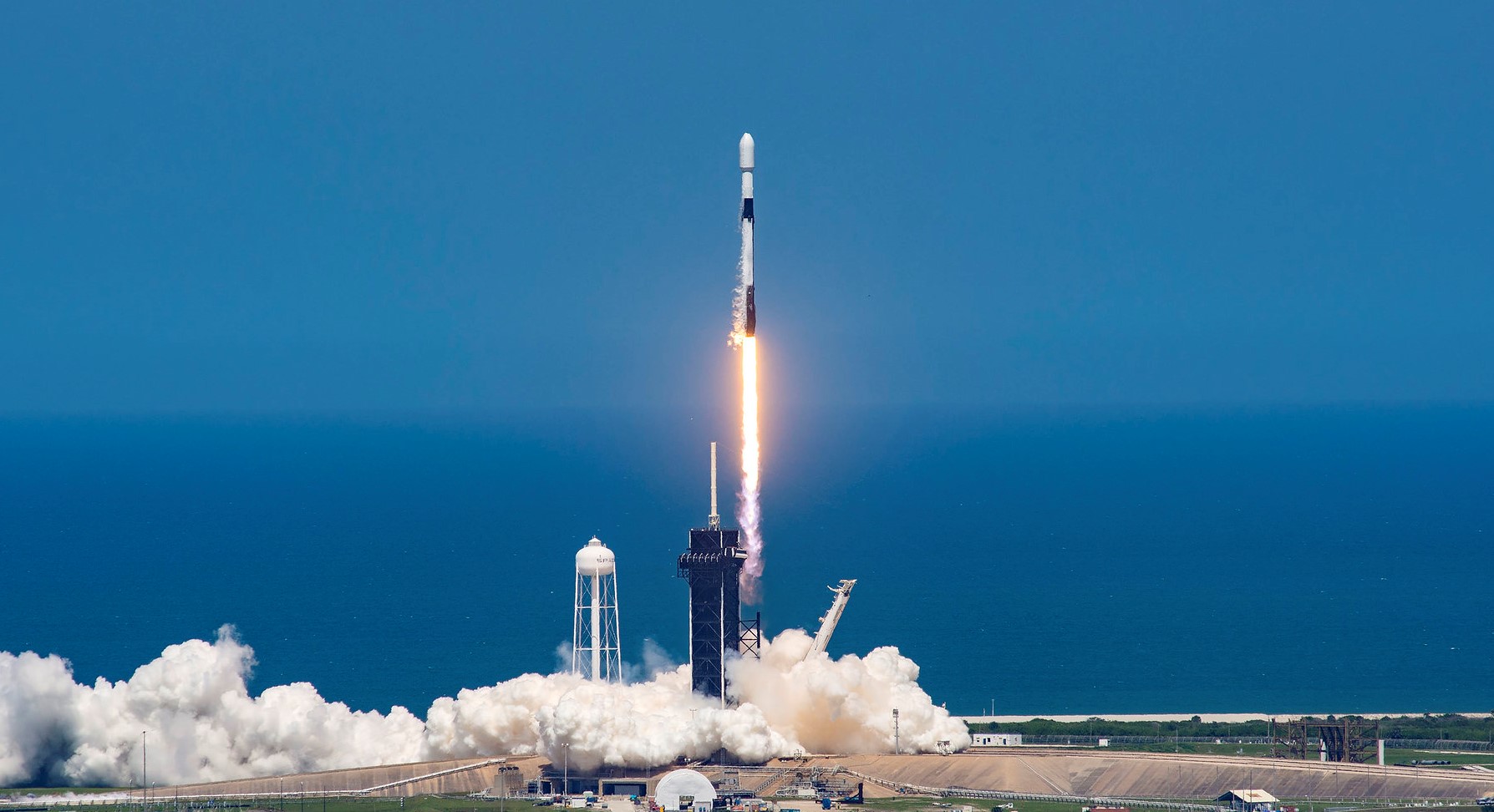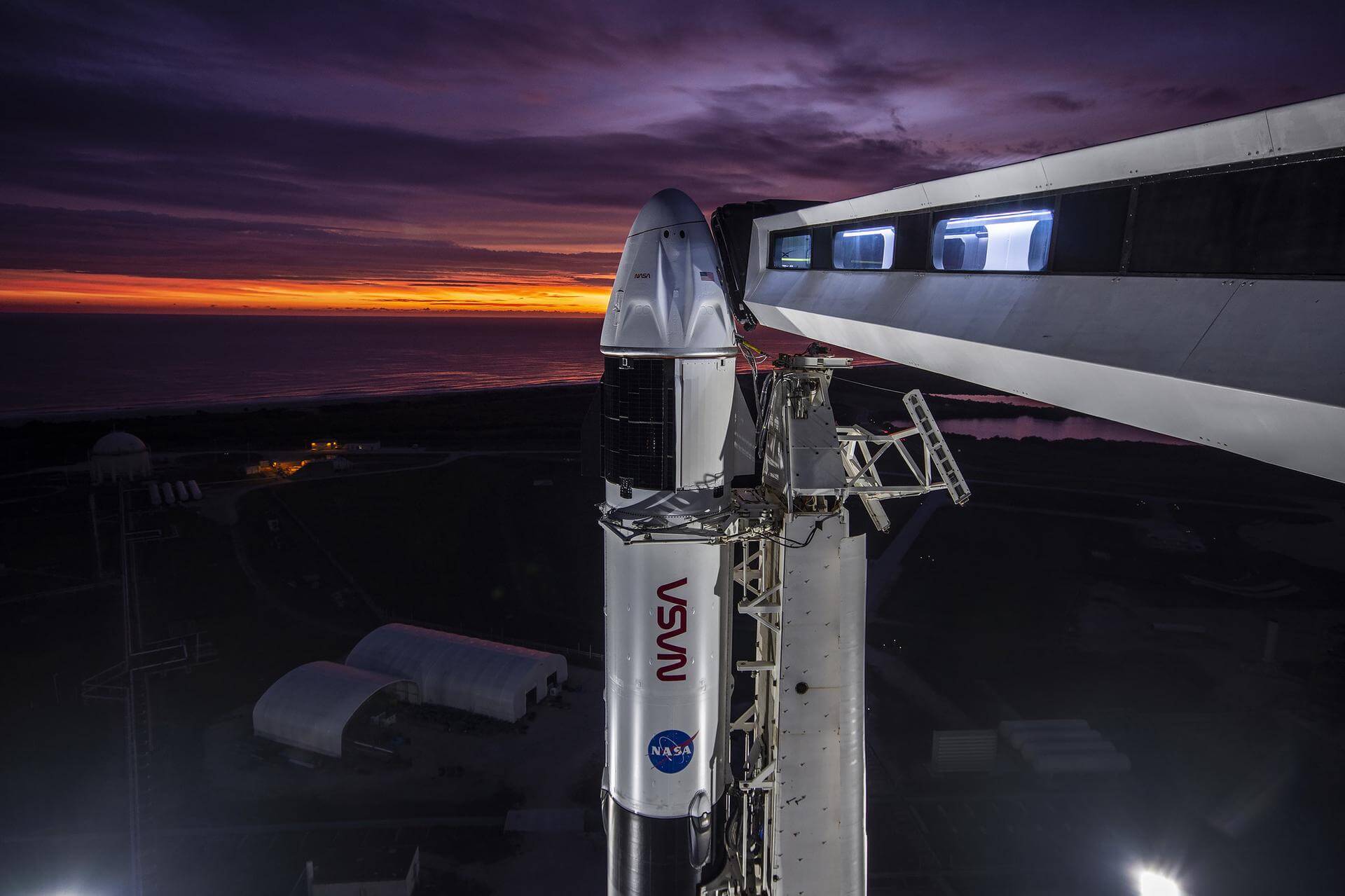SpaceX Launch Schedule
Space Exploration Technologies Corp., known as SpaceX, is an American aerospace manufacturer and space transport services company headquartered in Hawthorne, California. It was founded in 2002 by entrepreneur Elon Musk with the goal of reducing space transportation costs and enabling the colonization of Mars. SpaceX operates from many pads, on the East Coast of the US they operate from SLC-40 at Cape Canaveral Space Force Station and historic LC-39A at Kennedy Space Center. They also operate from SLC-4E at Vandenberg Space Force Base, California, usually for polar launches. Another launch site is being developed at Boca Chica, Texas.
Falcon Heavy | GPS IIIF SV03 (USSF-15)
SpaceX | United States of AmericaKennedy Space Center, FL, USA
TBD December, 2029
Falcon 9 Block 5 | NROL-157
SpaceX | United States of AmericaVandenberg SFB, CA, USA
TBD December, 2029
Falcon 9 Block 5 | USSF-234
SpaceX | United States of AmericaCape Canaveral SFS, FL, USA
TBD December, 2029
Falcon Heavy | USSF-186
SpaceX | United States of AmericaKennedy Space Center, FL, USA
TBD December, 2029
Falcon Heavy | USSF-174
SpaceX | United States of AmericaKennedy Space Center, FL, USA
TBD December, 2029
Falcon Heavy | NROL-97
SpaceX | United States of AmericaKennedy Space Center, FL, USA
TBD December, 2029
Falcon 9 Block 5 | Crew-13
SpaceX | United States of AmericaCape Canaveral SFS, FL, USA
TBD March, 2030
Falcon 9 Block 5 | Crew-14
SpaceX | United States of AmericaCape Canaveral SFS, FL, USA
TBD March, 2031
Falcon 9
Starlink Group 6-86
Launch Complex 39A - Kennedy Space Center, FL, USAA batch of 29 satellites for the Starlink mega-constellation - SpaceX's project for space-based Internet communication system.
Long March 7A
Shijian 28
201 - Wenchang Space Launch Site, People's Republic of ChinaClassified experimental Chinese satellite of unknown purposes.
Falcon 9
Transporter 15 (Dedicated SSO Rideshare)
Space Launch Complex 4E - Vandenberg SFB, CA, USADedicated rideshare flight to a sun-synchronous orbit with dozens of small microsatellites and nanosatellites for commercial and government customers.
Soyuz 2.1a
Soyuz MS-28
31/6 - Baikonur Cosmodrome, Republic of KazakhstanSoyuz MS-28 will carry three cosmonauts and one astronaut to the International Space Station aboard the Soyuz spacecraft from the Baikonur Cosmodrome…
Nuri
CAS500-3
LC-2 - Naro Space Center, South KoreaCAS500-3 is a South Korean Earth observation satellites to be used by the Ministry of Science and ICT for space technology verification and space sci…
Angara 1.2
3 x Rodnik (Kosmos 2597, 2598, 2599)
35/1 - Plesetsk Cosmodrome, Russian FederationNote: Payload identity and Cosmos series numbering not confirmed. The Strela (Russian: Стрела) are Soviet, then Russian, military space telecommun…
Long March 2F/G
Shenzhou 22
Launch Area 4 (SLS-1 / 921) - Jiuquan Satellite Launch Center, People's Republic of ChinaShenzhou 22 (Chinese: 神舟二十二号) will be the 22nd flight of the Shenzhou program. The spacecraft will be launched without crew to replace Shenzhou 20 th…
Falcon 9
Starlink Group 11-30
Space Launch Complex 4E - Vandenberg SFB, CA, USAA batch of 28 satellites for the Starlink mega-constellation - SpaceX's project for space-based Internet communication system.
Falcon 9
Starlink Group 6-79
Space Launch Complex 40 - Cape Canaveral SFS, FL, USAA batch of 29 satellites for the Starlink mega-constellation - SpaceX's project for space-based Internet communication system.
Long March 3B/E
TJSW-21
Launch Complex 2 (LC-2) - Xichang Satellite Launch Center, People's Republic of ChinaChinese classified satellite claimed to be for communication technology test purposes. Actual mission not known.




